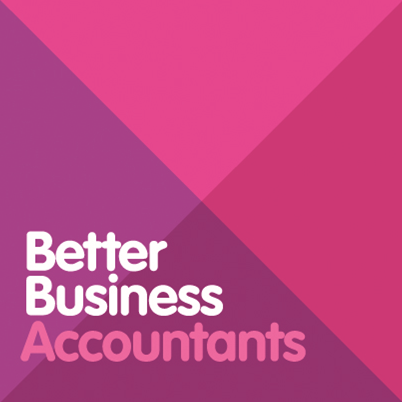In the last of our 3-part blog series on knowing your numbers we cover the report that measures the overall worth of your business – the Balance Sheet. The Balance Sheet is arguably the most important report as it measures whether your business worth is increasing or decreasing. It shows the overall financial health of your business; is it funded appropriately, is there enough cash to pay the bills and, if were wound up tomorrow, what you would have left as the owner!
Profitable businesses can and do go broke if they have a weak balance sheet. For example, if you grow sales but don’t have an efficient billing or collection system, you could have a situation where you don’t have enough cash to pay your bills. Likewise, if you have borrowed too much money to finance your business and there is a downturn in sales, then you could have a situation where you can no longer service your interest and principal repayments (even though you are still making a profit). Or it could be as simple as earning a profit, taking too much cash out of the business and not leaving enough to pay for tax and asset replacements.
Understanding your balance sheet is therefore fundamental in diagnosing the overall financial health of your business.
Some critical things to understand:
1. Do you have enough working capital? Calculate working capital by taking your current assets (things like debtors, stock and cash) less your current liabilities (creditors, tax, GST / VAT and loans due within one year). If the number is negative, you will experience cashflow strain and weaken your business.
2. How long is it taking to collect your debtors? A simple way to calculate this is to divide your debtors into your total sales for the year and multiply this by 365. This tells you how many days it is taking you to collect your debtors. The lower the number the better. Compare the days to your normal trading terms you put on your invoices.
3. How many times are you turning over / replacing your stock each year? Total sales divided by closing stock tells you how many times on average per year you replace your stock. You can do the same calculation on individual stock items by taking the sales for that item divided by the stock level of that item. The higher the number the better as you are converting that stock into cash more efficiently.
4. Is your shareholder current account (the value of your investment in your business that the business owes back to you as if you were the bank) an asset (overdrawn = bad news) or a liability (debt owed by business to you = good news)?
5. What return are you getting on the assets you have invested in? Net profit divided by total assets. This percentage can be compared against other likely returns from different investments to determine how well your business is performing.
The list goes on and will depend on your type of business. Likewise, having real time and up to date data for your reports will make the financial health diagnosis so much more relevant than simply relying on your last set of financial statements.
Some of the calculations above are simplified to reinforce the message here (as opposed to getting into complex Accountanese). Talk to us about how strong your balance sheet is and how you can make it stronger.
